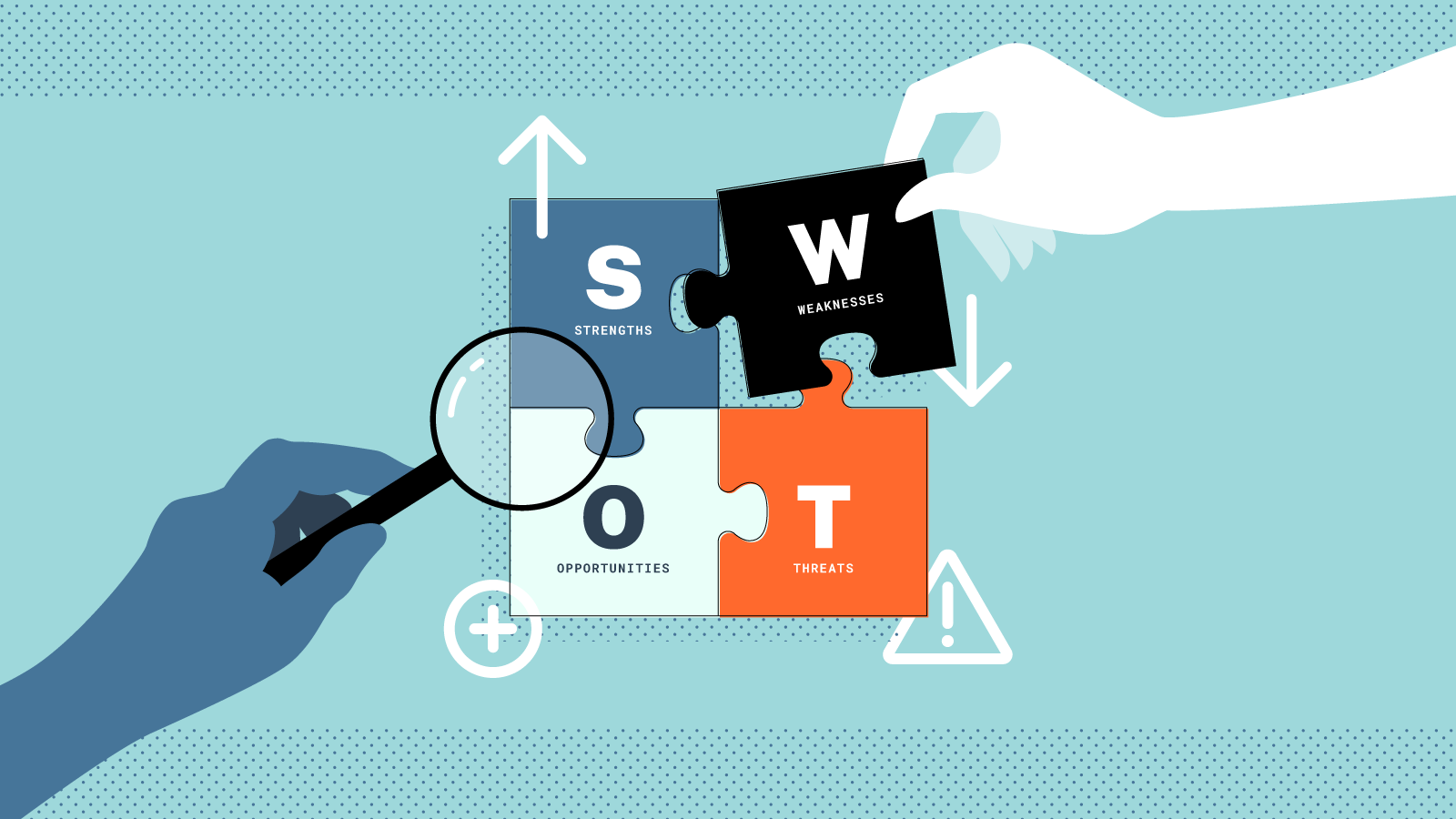The Pitfalls of Using the SWOT Process for Nonprofit Strategic Planning

Strengths, weaknesses, opportunities, and threats—SWOT, more familiarly.
One would think that if an organization really fleshed out these four crucial business pillars using a SWOT analysis, nothing could escape improvement or growth.
However, while the SWOT process can be a useful tool for some for-profit entities, it may not be the best fit for nonprofits.
For one thing, nonprofits often have a culture of focusing on strengths and opportunities rather than weaknesses and threats. A SWOT analysis may shift the focus too much toward weaknesses, which can be demotivating for staff and volunteers.
For another thing, identifying strengths and weaknesses can be subjective, with different stakeholders holding varied opinions. This can lead to disagreements and a lack of consensus.
Plus, conducting a truly comprehensive SWOT analysis requires substantial resources, time, and expertise, any or all of which may be in short supply for nonprofits.
Nonetheless, even when nonprofits have such necessary assets to do so, many fall victim to its various pitfalls.
Let’s take a look at some of the more common ones when it comes to SWOT strategic planning.
Being Too Vague or General
One of the main challenges of a SWOT analysis is being specific and realistic about internal and external factors. This can lead to a lack of clarity and actionable insights.
For example, if a nonprofit identifies "increased competition in our cause arena" as an external threat without specifying how they’re being affected, the analysis is not specific enough to create “next steps.”
Similarly, if a nonprofit identifies "strong fundraising performance" as an internal strength without providing concrete examples or metrics, the SWOT process is quite unhelpful.
Ignoring the External Environment
A SWOT analysis shouldn’t be a static snapshot of your nonprofit, but a dynamic and evolving assessment of its situation. Failing to consider changes and trends in the nonprofit sector, technology, regulations, social norms, and political climate can undermine the accuracy of your analysis.
For instance, what emerging technology can add to your strengths? Or for threats, is inflation keeping donor wallets closed? Are corporate entities trending toward partnering less with nonprofits?
Could your opportunities include a state senator championing grants for your cause? Do you count turnover due to lack of professional development among your weaknesses?
Mixing up Causes and Effects
Another common pitfall is to mix up causes and effects involving, say, performance. This can too easily lead to misinterpretation of your strengths, weaknesses, opportunities, and threats.
For instance, your team may conclude that one of your nonprofit’s weaknesses is “insufficient program offerings.” But is that truly the weakness?
Instead, the actual weakness is inadequate funding for program development, the effect of which is insufficient program offerings.
Or, suppose you determine your nonprofit has a weakness in community engagement. Accepting this as a fact may hide the real weakness, which is limited outreach efforts.
Without properly identifying the causes and effects, you’re unable to gain a clearer understanding of the underlying issues and to develop effective strategies to tackle them.
Treating Factors as Isolated Entities
It's important to consider how the different SWOT factors may interact with each other. Failing to do so can result in a skewed understanding of the overall situation.
Let’s say your nonprofit develops an innovative program, and you correctly list it as a strength. However, your program also creates a threat of imitation by other nonprofits in your cause sector.
Or perhaps you specify agencies with similar services as a threat without considering the potential opportunities they may bring, such as new market trends or partnerships.
By siloing the four SWOT factors, you may overlook appropriate strategies that acknowledge and address their interactions.
Quality of Available Information
The quality of data used in a SWOT analysis can have a big effect on the accuracy of conclusions drawn from it. However, such data can be difficult to vet. Is it comprehensive and current? Is it objective and from a reliable source?
If the information is broad, or based on a small data sample, or represents the opinion of only a few people, a meaningful SWOT analysis will be well out of reach.
Oversimplification and Difficulty in Identifying Elements
A SWOT analysis can oversimplify the type and extent of strengths, weaknesses, opportunities, and threats facing a nonprofit.
For instance, if a nonprofit only considers its reputation and past funding as strengths, and its lack of staff as a weakness, it may miss other important factors like changes in government policies, shifts in donor priorities, or competition from other nonprofits.
It can also be challenging to determine SWOT elements in the first place, which can lead to a skewed analysis.
Let’s say one of your strengths is a popular program that brings in the bulk of your donations. Would you also note that program as a potential weakness? After all, if it was offered by another nonprofit in your community, wouldn’t it tend to slide your nonprofit into financial jeopardy?
Lack of Hierarchy and Weighting Factors
SWOT doesn’t provide a clear hierarchy or weighting factors for pursuing identified elements.
What strength is more important than another? Which weakness represents the biggest obstacle for growth? What opportunity should you pursue first? Which threat looms largest?
Without a true ability to prioritize, a SWOT analysis can contribute little to knowing and managing the most important issues in your strategic planning process.
* * *
While a SWOT analysis is often used in various industries, it can be too superficial, incomplete, or ambiguous to be helpful for nonprofits.
Instead, there are speedier, more efficient methods to create an actionable and effective strategic plan.





